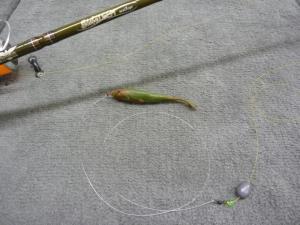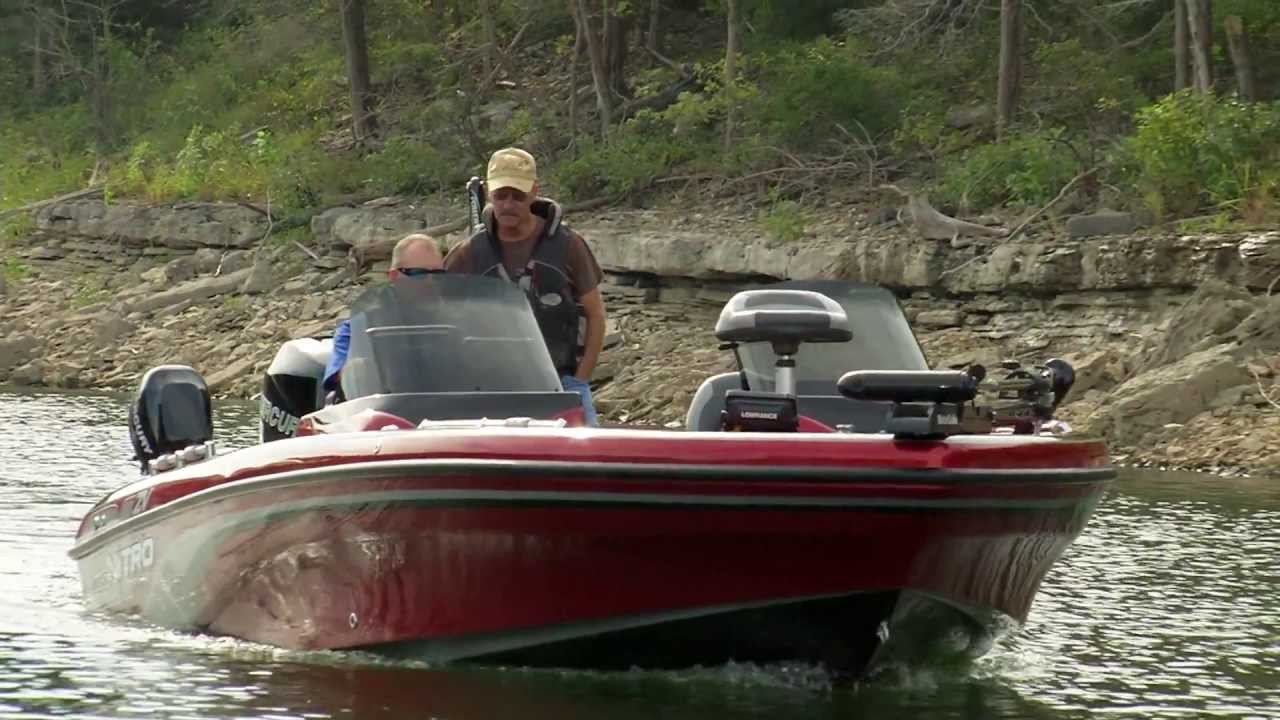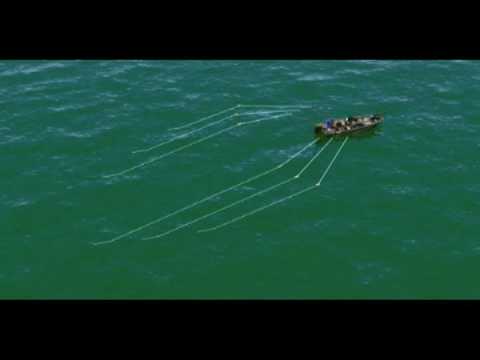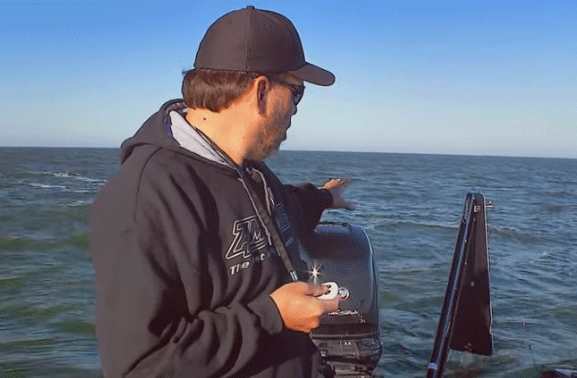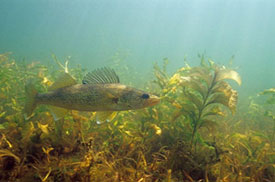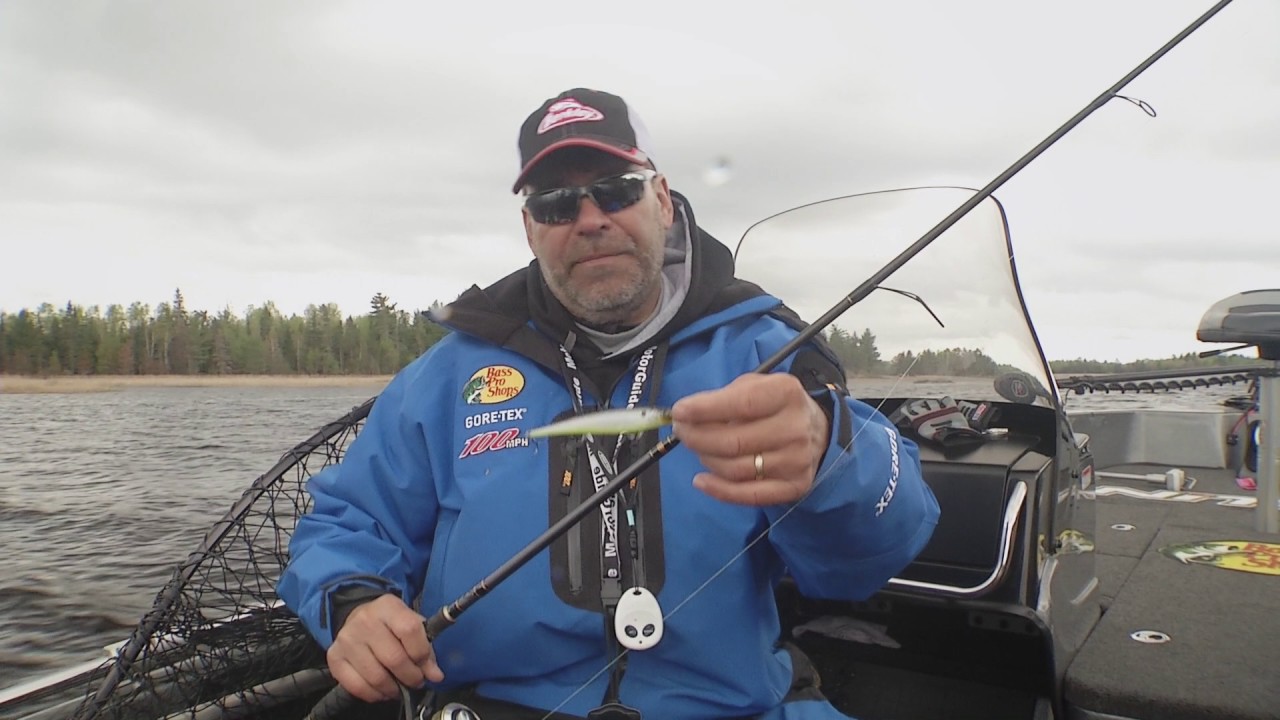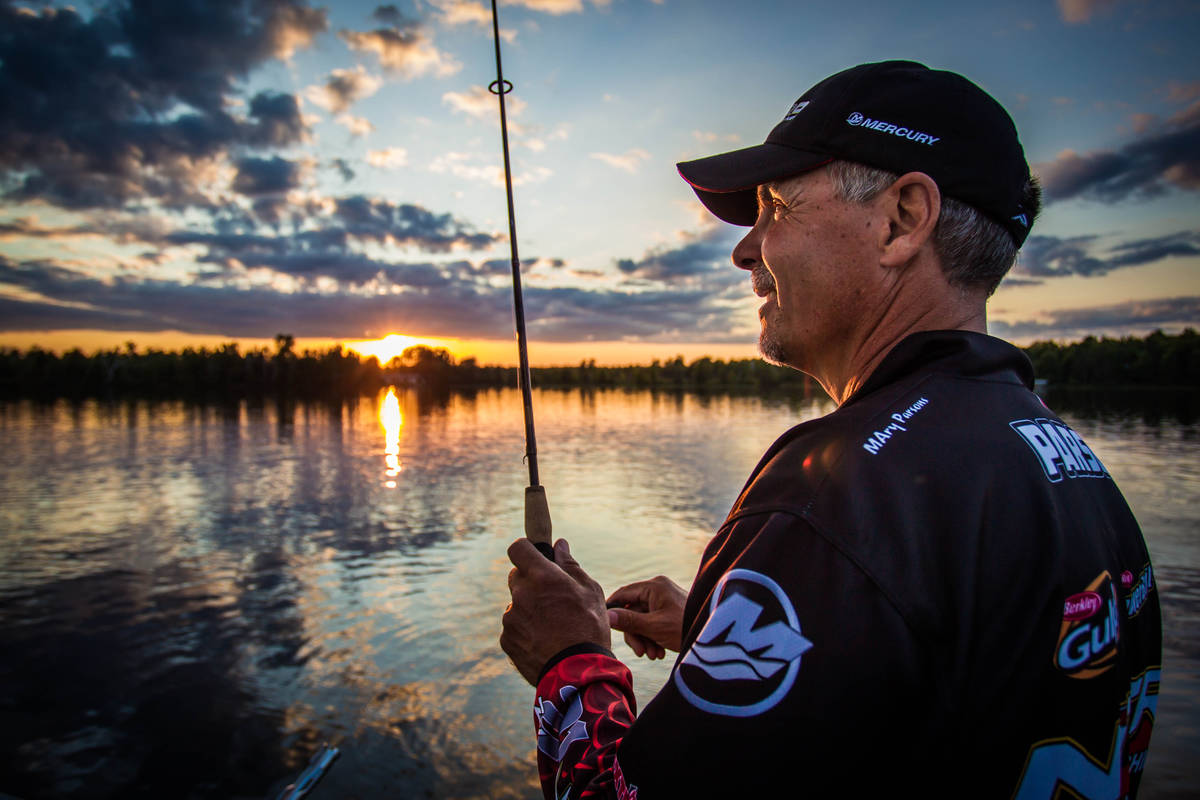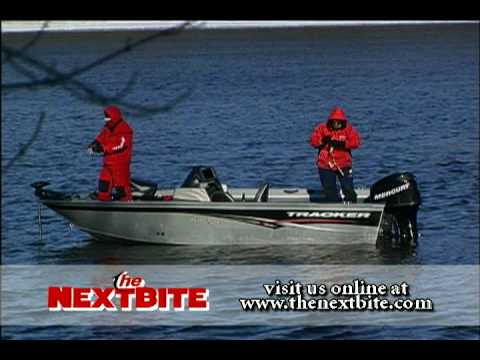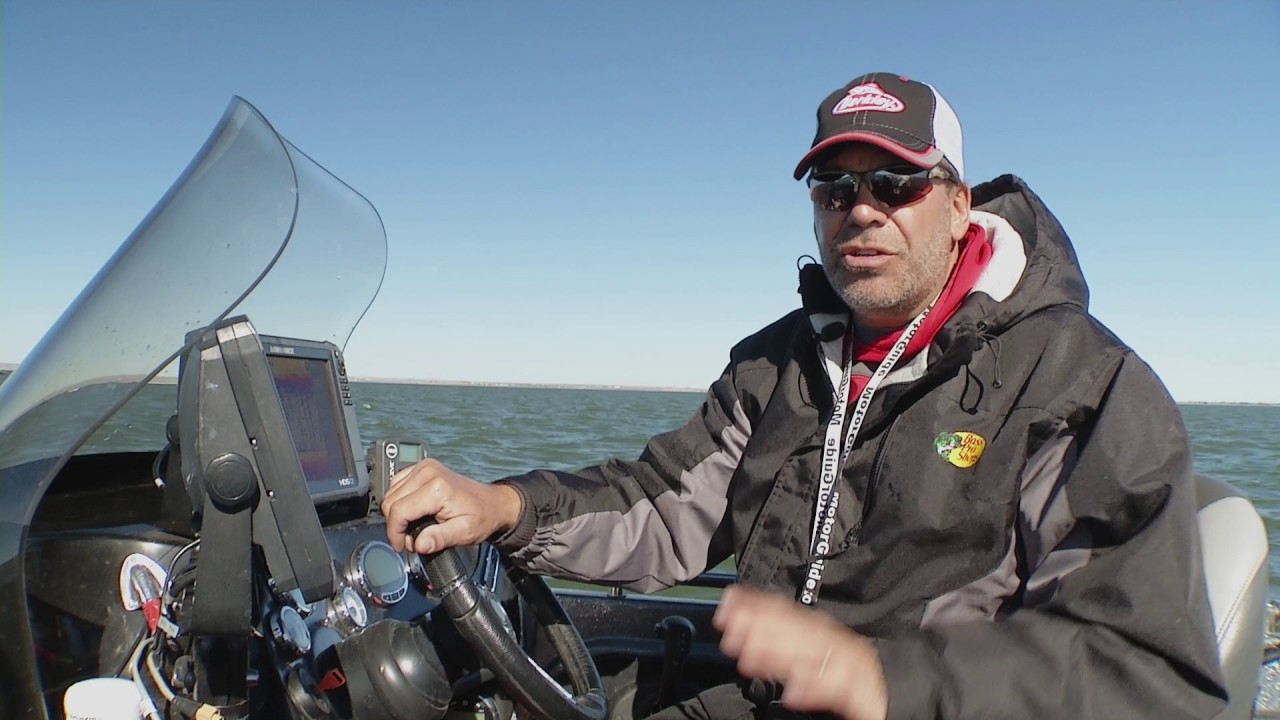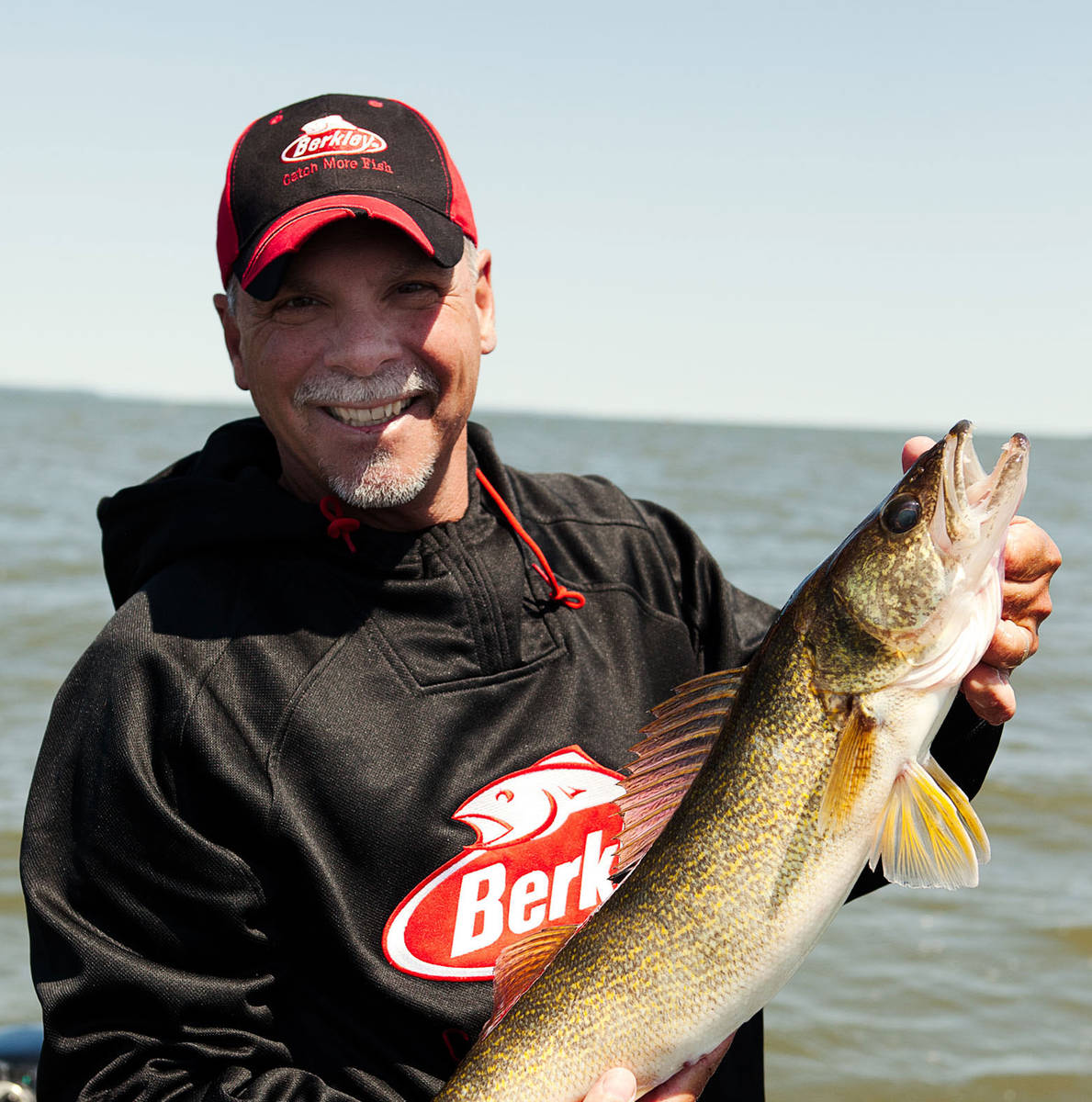 Fall has long been known as a time for targeting Big Walleyes. One great pattern for this is to fish main channel edges in rivers that flow into big bodies of water. Big waters typically mean lots of prey and the potential to grow big fish. In the fall, many rivers experience a drop in current flow making the entire river more fishable than it might be other times of the year. The reduced current opens up the opportunity to work main channel edges more effectively than you might in the spring when current is stronger. The edges are key; whether the fish are holding on the top edge or the bottom edge of the channel will vary from location to location, but the methods to work them stay pretty much the same. Everyone knows there’s no such thing as a “sure bet”, but when it comes to putting a monster walleye in the boat, targeting these types of river areas are a good bet to produce the results you’re after.
Fall has long been known as a time for targeting Big Walleyes. One great pattern for this is to fish main channel edges in rivers that flow into big bodies of water. Big waters typically mean lots of prey and the potential to grow big fish. In the fall, many rivers experience a drop in current flow making the entire river more fishable than it might be other times of the year. The reduced current opens up the opportunity to work main channel edges more effectively than you might in the spring when current is stronger. The edges are key; whether the fish are holding on the top edge or the bottom edge of the channel will vary from location to location, but the methods to work them stay pretty much the same. Everyone knows there’s no such thing as a “sure bet”, but when it comes to putting a monster walleye in the boat, targeting these types of river areas are a good bet to produce the results you’re after.
Total Solutions Technique
This is the time to really hone your vertical jigging skills. A jig in the 1/4 to 3/8 ounce size range is a “bread and butter” tool for this job. Vertical jig where your electronics are marking fish on the break. If the fish are real active, they’ll tend to hang near to top of the break whereas less aggressive fish tend to locate near the bottom of the break.
Tipping your jig with a lively minnow it’s a simple and deadly presentation, especially if you can get larger minnows in the 4 to 6 inch size range. Bigger baits will occasionally mean fewer bites, but keep in mind we’re looking for trophy status walleyes, not necessarily numbers. Fall walleyes can be aggressive critters. This opens up the option to forget the live bait and tip your jigs with plastic which is especially helpful if good live bait is tough to come by as it sometimes is in the later weeks of autumn. A trick that has served us well over the past several seasons is to stack 2 artificial minnow bodies onto one jig. To do this, rig the first minnow by threading it on the hook so that it sits right up against the jighead with the hook coming up in the middle of the back. The second minnow is then hooked through the snout like you might rig a live minnow. This rigging gives the offering a larger profile making it more attractive to big fish.
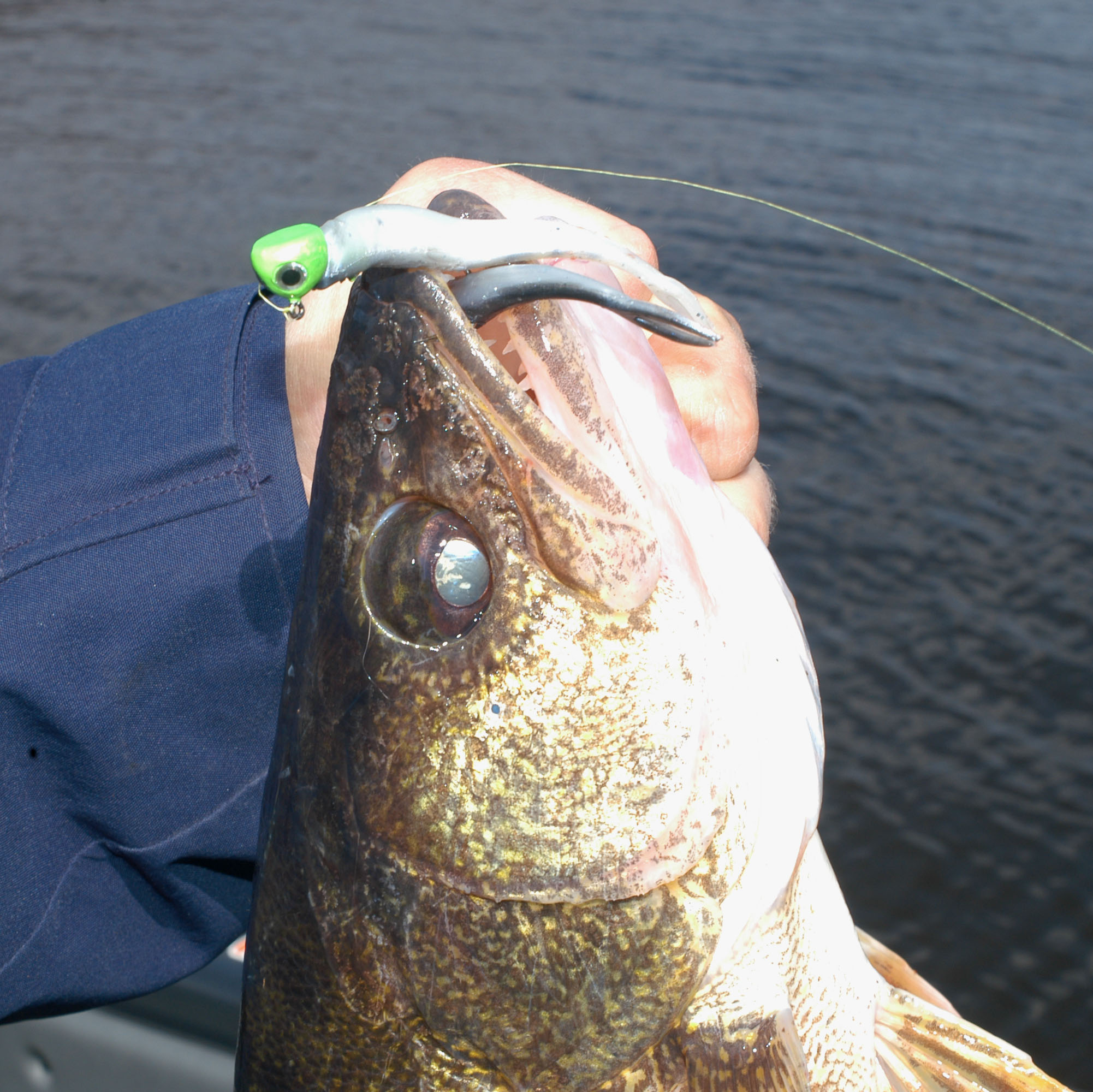 Total Solutions Equipment
Total Solutions Equipment
The gear used for vertical jigging is as basic as it gets, but paying attention to details and especially to using quality rods and line will really make you a better jigger. A high-modulus graphite, 6 foot, medium to medium light action spinning rod works just great for this application. Line choice is critically important, with top choices being no-stretch 6-2 Berkley FireLine or Berkley Nanofil in 6 pound test. For those that like using mono, low-stretch 6 pound test Berkley Trilene Sensation is a great choice too. The less stretch the line has the more it will telegraph through the rod just what’s happening with the jig. It’s important to maintain bottom contact, and using equipment that will enhance sensitivity will put you well ahead of the game.
As stated earlier, jig size will typically range from 1/4 ounce to 3/8 ounce depending on depth and wind conditions. The key is to choose a jig that allows you to stay vertical with proper boat control yet maintain good feel.
While tipping the jig with a live minnow is common, more and more, artificial dressings are proving just as effective in many instances. Some of the more popular artificials would include the Berkley Gulp 3 or 4 inch Minnow, or the Berkley PowerBait 4 inch Minnow. “Piggy backing” these on the jig adds bulk and profile – very appealing to larger walleyes. In clear water, stick with natural colors, but if you’re dealing with stained or dingy water don’t be afraid to experiment with brighter colors like chartreuse. These artificial tails have plenty of scent and action to attract walleyes and are much easier to keep than live bait.
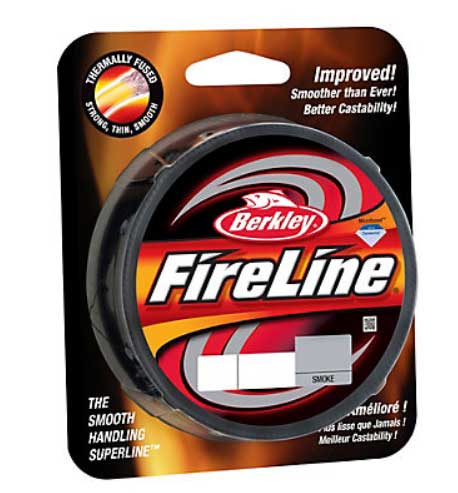 Berkley® FireLine® |
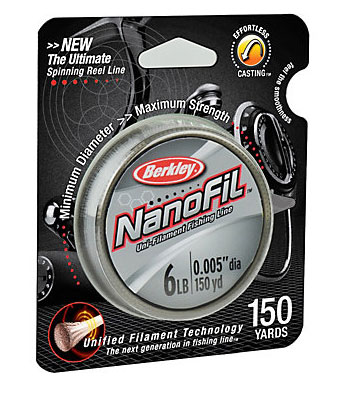 Berkley Nanofil |
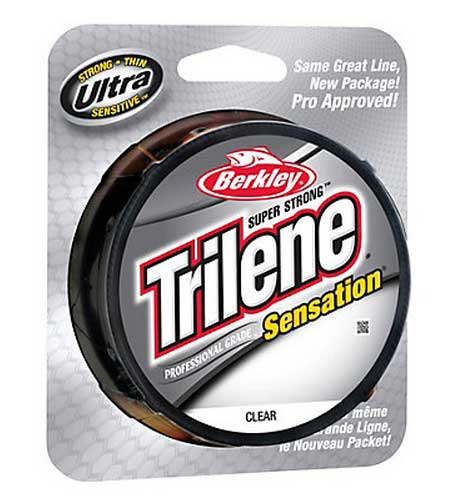 Berkley® Trilene® Sensation® |
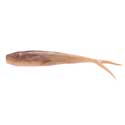 Berkley® 3″ GULP!® Minnow |
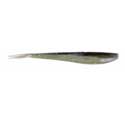 Berkley 4″ PowerBait Minnow |

